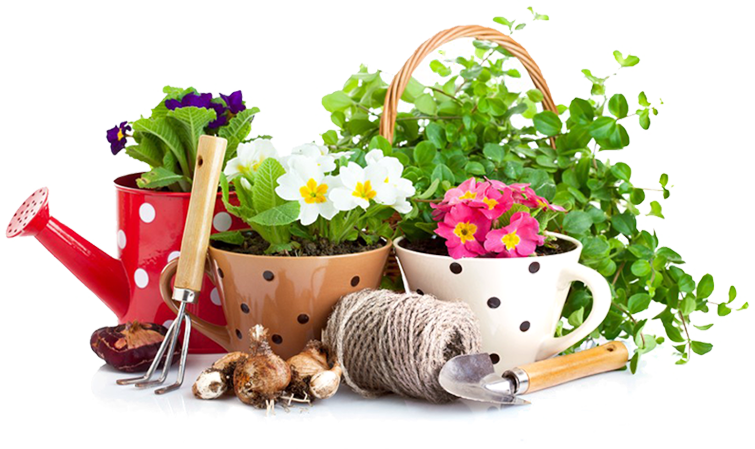Seminars & Events
Garden Calendar for December
'Tis the season of lights, candles, cozy fires in the fireplace, laughter, parties, and food. If you're too busy to give the garden much attention this month, you're in luck, as most outdoor plants will do quite well with just a little help from you.
Shrubs and Trees
- Be careful when using deicing salts around driveways and walks this winter; salt is toxic to many flowers, trees, shrubs, and lawn grasses. Sand, sawdust, cat litter, or a combination of these work well for deicing walks and will not injure plants.
- Tie evergreens, such as yews, juniper, and arborvitae, in a spiral fashion with rope or twine to compress the shrub size and reduce damage from snow or ice.
- When lighting outdoor plants, be very gentle when wrapping and removing wire from branches. Dormant plants are very fragile and branches can be broken easily. Wrap cords around branches to prevent high winds from blowing lights off the tree. And remember to remove lights after the holiday season to prevent light strands from girdling future growth.
- Living Christmas trees are special. Leave in your home no longer than one week, and then acclimate to outdoors and plant in a desirable location.
Fruits and Vegetables
Check vegetables in storage for spoilage.
Don't throw out your ash if you're burning wood in the fireplace this winter! Save it until next spring then spread it in your gardens. Scatter it around carrots, radishes and onions to keep root maggots away. It will also improve the flavor of your potatoes. Wood ash is high in potassium and will raise the pH level of your soil.

Lawn Care
To keep cold damage to a minimum, avoid walking on frosted or frozen turf that's devoid of a heavy snow cover. Turf plants respond to freezing conditions by moving water to areas outside the cells. As ice accumulates in spaces between cells, plants become more brittle. If walked on when frozen, cells will be crushed against this ice and plants are at risk of permanent damage.
Take note of lawn areas infested with crabgrass this year so you can spot treat with a pre-emergent herbicide next spring. Crabgrass is easy to see now since it turns purple and then brown when killed by frost.
Thinking about updating your landscape in 2019? Now is the perfect time to schedule a landscape consultation.
Learn MorePerennials, Annuals, and Bulbs
If you didn't get to it in November, spread a heavy layer of mulch over your roses and perennials after the ground freezes to protect them from winter thawing.
To decorate window boxes and other outdoor containers for the holidays, insert evergreen branches into the soil. If the soil is frozen, soften it with warm water first. Balsam fir branches will hold their blue-green needles until spring. Try bittersweet, holly berries, and strawflowers for color.
Most holiday plants are delivered in waterproof containers or wrapped in foil. If possible, remove these pot coverings or punch holes in the bottom to allow for good drainage. Place the pot in a saucer to protect furniture.
Move gift plants with caution. Plants shocked by the cold may drop their leaves in a few days and no longer be such a lovely gift. Wrap each plant in eight to ten layers of newspaper stapled shut over the foliage. If it is freezing outside, warm up the car before loading the plants. Cold temperatures for "only a minute" can be harmful.
Check houseplant leaves for brown, dry edges, which indicate too little relative humidity in the house. Increase humidity by running a humidifier, grouping plants, or using pebble trays.
Houseplants may not receive adequate light because days are short and gloomy. Move plants closer to windows, but avoid placing foliage against cold glass panes.
Put that cut Christmas tree to work in your winter garden after the holidays. When their duty in the house is done, boughs that are now holding baubles can take on new life as mulch, freeze protectors, and bird feeding stations.
Garden Notes
For many years the poinsettia was considered to be poisonous, but extensive tests have proven this to be false. However, holly berries as well as mistletoe berries, leaves, and stems are all poisonous. Contact the Poison Center (1-800-222-1222) immediately if anyone in your family eats any parts of either of these plants in any amount.
As you prepare for the holiday visits of family and friends, don't forget to welcome your fine-feathered friends to your garden. With the cold weather here, the birds are counting on you to supplement their diet. Fill bird feeders with wild birdseed, crumbs and suet. Remember water is equally important to birds in the winter; put it out for birds in wood or cement – not metal – bowls.

